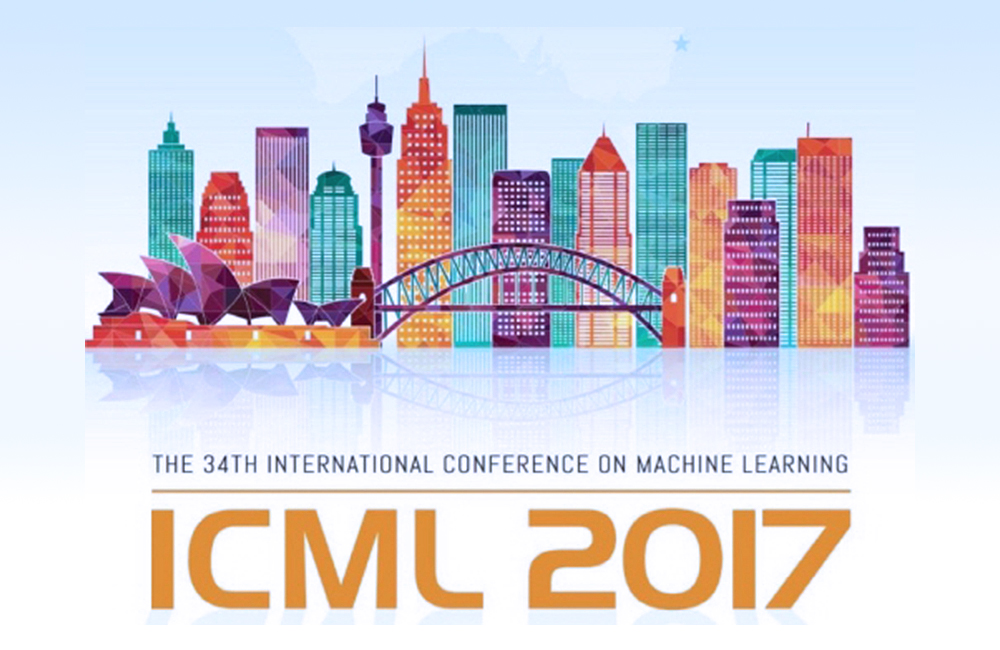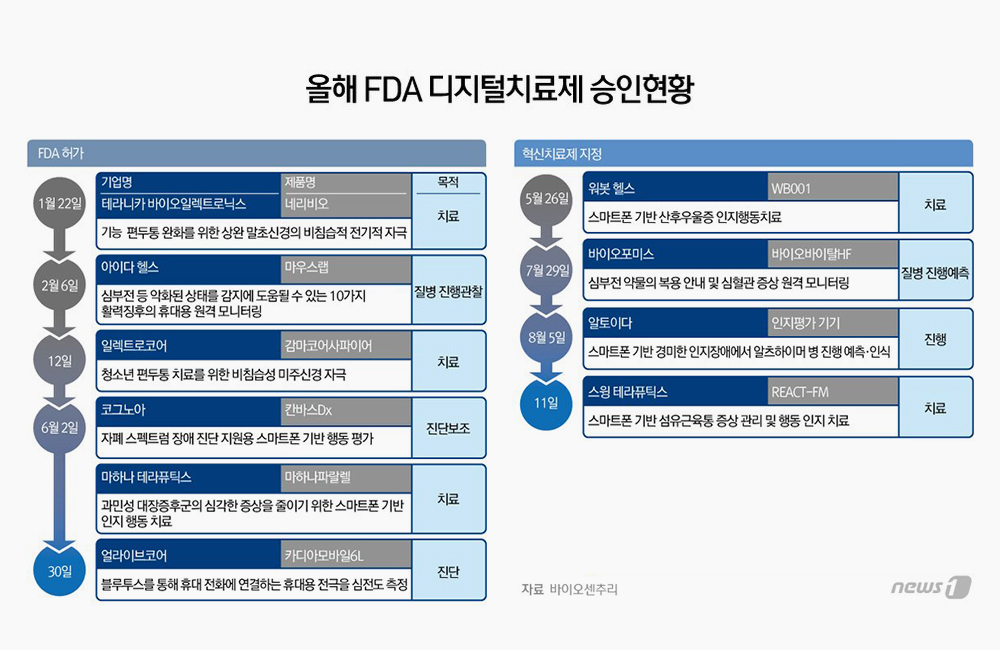Drug development takes a long time, most of
which is taken up by testing.
Before reaching humans, new medicines are
first tested on mice, then rats, dogs and primates. “It can sometimes take 15
to 20 years for a drug discovery to happen,” said Dr Deepak Kalaskar, associate
professor at University College London. “The reason is these animals do not
replicate human genomics or physiology.”
In the future, said Kalaskar,
pharmaceutical companies will bypass all those time-consuming pre-human stages.
The enabling technology is bioprinting – 3D printing of living cells and other
materials to create biological tissue and organs.
By using human cells in printers such as
the NovoGen Bioprinter from Organovo, researchers can replicate ‘targeted’
tissues throughout the body, such as skin or liver tissue. They are exposed to
viral particles, bacteria and drugs before microscopic and other observation.
Bioprinting made headlines last year after
projects including the development of ‘organoids’ at the Wake Forest Institute
for Regenerative Medicine in North Carolina. Led by Dr Anthony Atala, the team
built miniature lungs and colons to assist Covid-19 research, the New York
Times reported. Constructed by using a scaffold of biodegradable material
followed by a ‘bioink’ of cells and hydrogels, the organoids were used for drug
testing.
Off-the-shelf organs
In the future, researchers will go beyond
organoids to create fully working printed human organs. For now, they are a
“distant possibility”, said Kalaskar.
When fully optimised, the process will be
“fantastic”, said Dr Piergiorgio Gentile, a biomedical engineer at Newcastle
University. “We can absolutely reduce the time, we can understand much more –
in the beginning – about the viability of a drug.”
Such a streamlined system would also be a
huge boost to vaccine development in the fight against diseases, said Kalaskar.
Organisations such as Oxford University, AstraZeneca and Pfizer worked at
record speed to develop, test and prove the efficacy of their Covid-19 vaccines
last year, but similar efforts could be completed even quicker by replacing not
only animal testing but also volunteers with printed organs.
Risk-free testing
“If you have an
off-the-shelf organ ready, we are not exposing these pathogens to healthy
volunteers,” said Kalaskar. “We will be able to do this in a very safe manner,
under laboratory conditions, and we will still get our relevant human
information.”
The main challenge to creating fully
functional human organs is keeping the tissues alive. In the body, networks of
capillaries distribute oxygen and nutrition throughout tissues. Kalaskar and
colleagues are developing blood vessel structures in the lab, aiming to perfuse
blood through artificial tissue. The next stage is scaling up the process and
ensuring it can be embedded within the printed tissue, before checking long-term
survival.
Other teams have taken different
approaches. In November 2020, bioengineers at Harvard Medical School in
Massachusetts created liver-like tissue by combining human cells, a hydrogel
matrix and photosynthetic algae.
“The study is the
first true example of symbiotic tissue engineering combining plant cells and
human cells in a physiologically meaningful way, using 3D bioprinting,” said
senior study author Y Shrike Zhang. The algae provided a sustainable source of
oxygen for the human cells, while they provided carbon dioxide.
The tissues could be used for drug testing
– and eventually might be implanted for tissue regeneration within patients.









